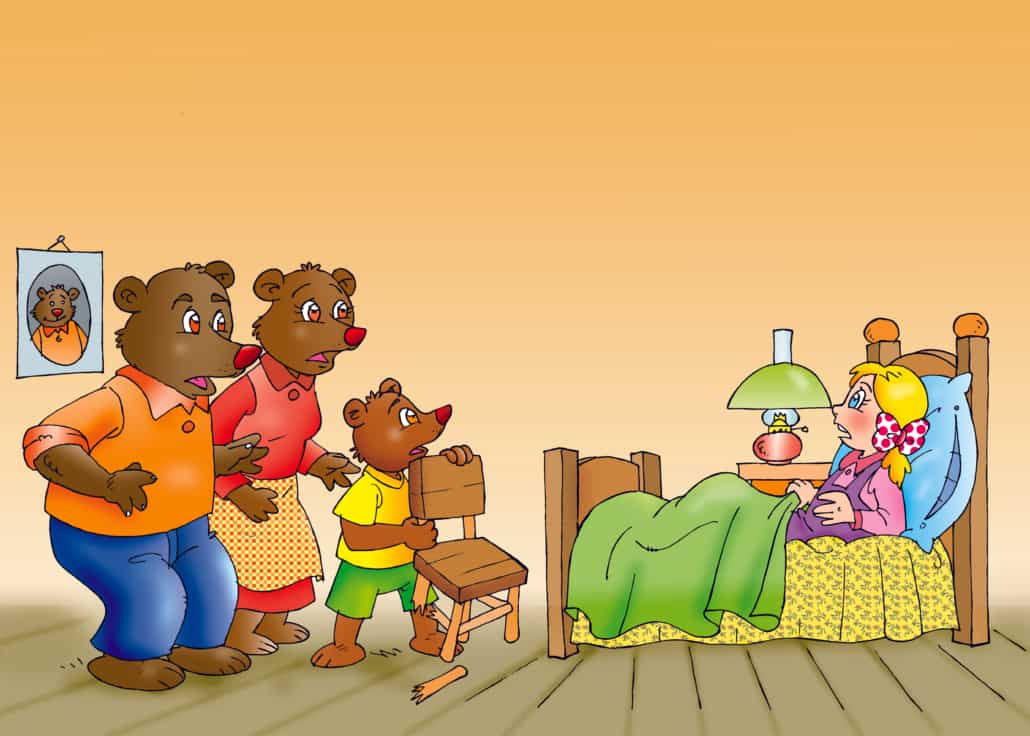Goldilocks Advises a Family Business (Part II)
Last week we looked at advisers who work with business families, bringing the perspective of an outsider to a family system.
That perspective allows them to see things that the family members themselves have difficulty noticing.
With time, such advisors can learn enough about the family’s workings to also begin to benefit from the knowledge of the family insiders.
Of course, there’s a fine line to be struck here, and it’s one that experienced family business practitioners clearly recognize and constantly try to manage.
Getting Too Close
Much like when Goldilocks tries one of the bowls of porridge and finds it too hot, she gets burned, consultants can also be too quick to act and get too close to the situation to properly maintain their objectivity.
This can happen very early on in situations, especially where there’s some conflict between family members.
Any outsider needs to be extra mindful of how they enter the family system, in order to maintain an objective stance towards everyone.
If one sister “brings me in” to a situation with her family, and there’s an issue with her sibling, it won’t take very long for me to be branded as “her guy”, and then my chances of being seen as neutral will be lost.
Who Hires FamBiz Consultants, Anyway?
A few years ago, in Notes from a Great Keynote, I related some statistics from Craig Aronoff, one of the founders of FBCG, about the percentage of families that actually hire an outside consultant at some point.
He stated that somewhere between 2% and 4% of family businesses actually avail themselves to what he called “private lessons” from an outside party.
That means that 96% to 98% of families never hire an outside consultant to work with them, which seems high to me.
Not as Easy as It Looks
Part of the reason the numbers are so low comes from the fact that this work is not easy to do.
Family businesses are very common, all over the world, but that doesn’t mean that they’re simple, or that there’s some magic formula to the business model.
When I’m invited into a family’s inner circle, it’s always a privilege and an honour to be there, in a place they do not typically allow just anyone to enter.
And when you’re there as a “process person”, there are plenty of things that you need to be on the lookout for.
Watch Out for the Hornet’s Nest
There are potential hornet’s nests around every corner, and if you aren’t careful, you might accidentally kick one and cause more of a stir than you had planned for. So it’s best to tread slowly and carefully.
In addition to being mindful of not being seen as one person’s “guy”, it’s also important to develop and maintain individual relationships with each of the key family members, even those who might appear to be “less important” at the outset.
In a family, every person is important, even though they may not all appear outwardly to be, and even if some members act as if they are more important.
In fact, outsiders who work at these relationships on the “lower rungs of the ladder” will eventually be rewarded.
Another Way to Go: Just Coach One of Them
Being on good terms with all family members can be a balancing act, and some consultants master it better than others.
There is another way to go that I’ve been discovering and liking more and more lately, and that’s to just work with one person from the family, as a coach.
Last week I mentioned that a family is a system, of interdependent people.
A system typically finds an equilibrium, but if one person changes, the system will necessarily change too, eventually, assuming the one person has the strength to maintain the change themselves.
One Family Leader Can Make a Huge Difference
In many ways it’s a much easier starting point, because getting the agreement to work with a single person is typically quicker and the learning curve is shorter when you’re only dealing with one person.
Naturally when I coach a member of a business family, I learn about all the other members too, but I’m not the one who interacts with them.
It’s still all about process, only I’m working with the “family leader” on the best way for them to interact with the rest of their family.
And in the end, sometimes that’s “just right”.












